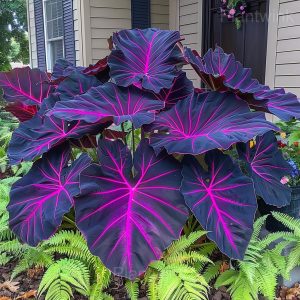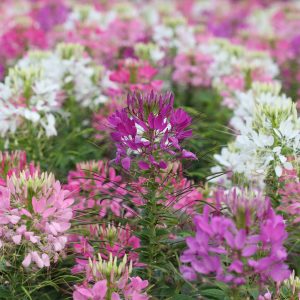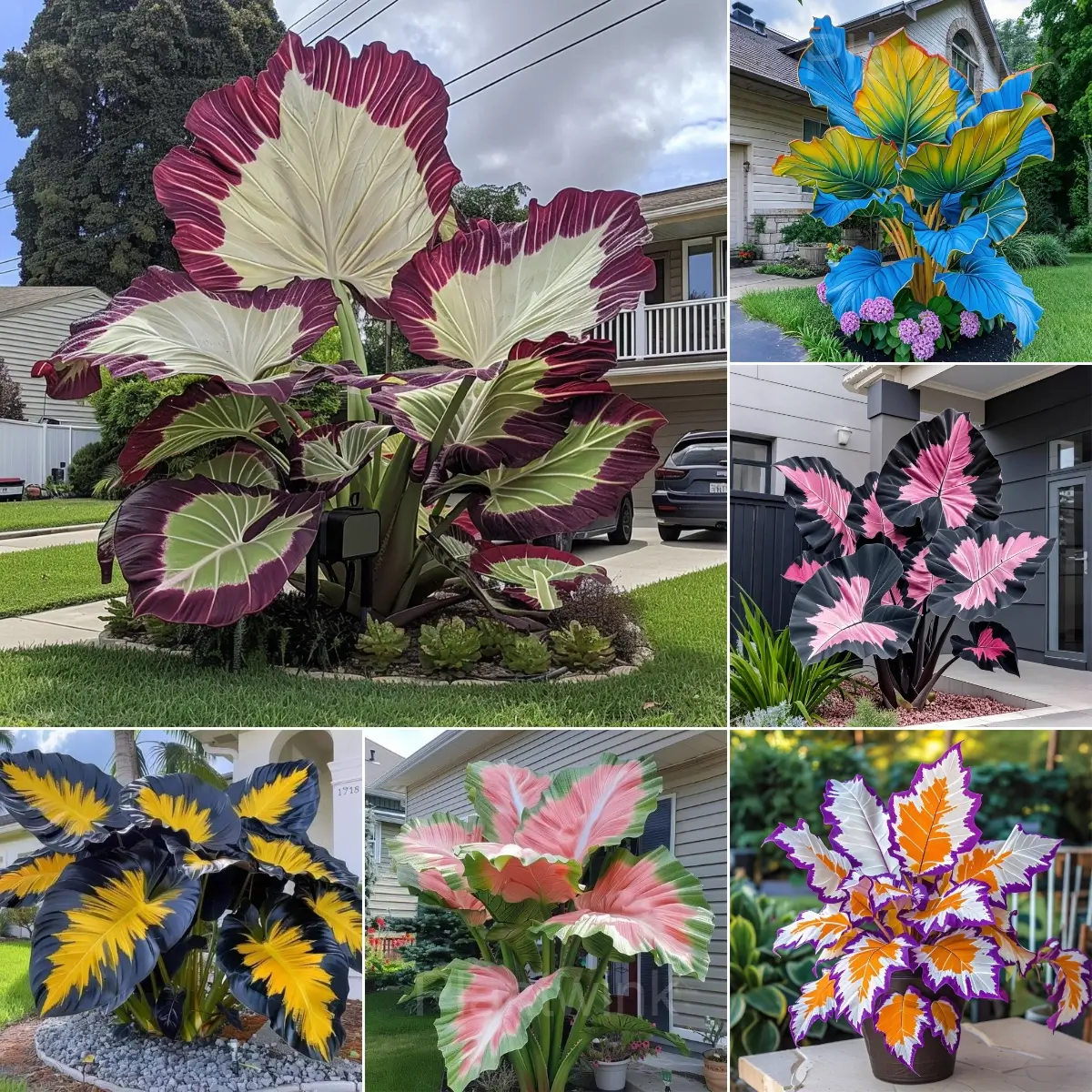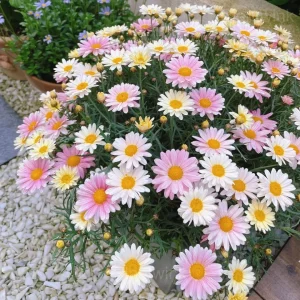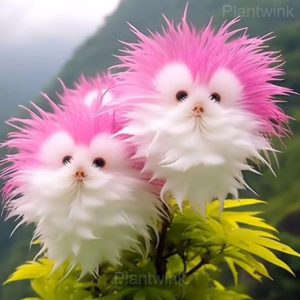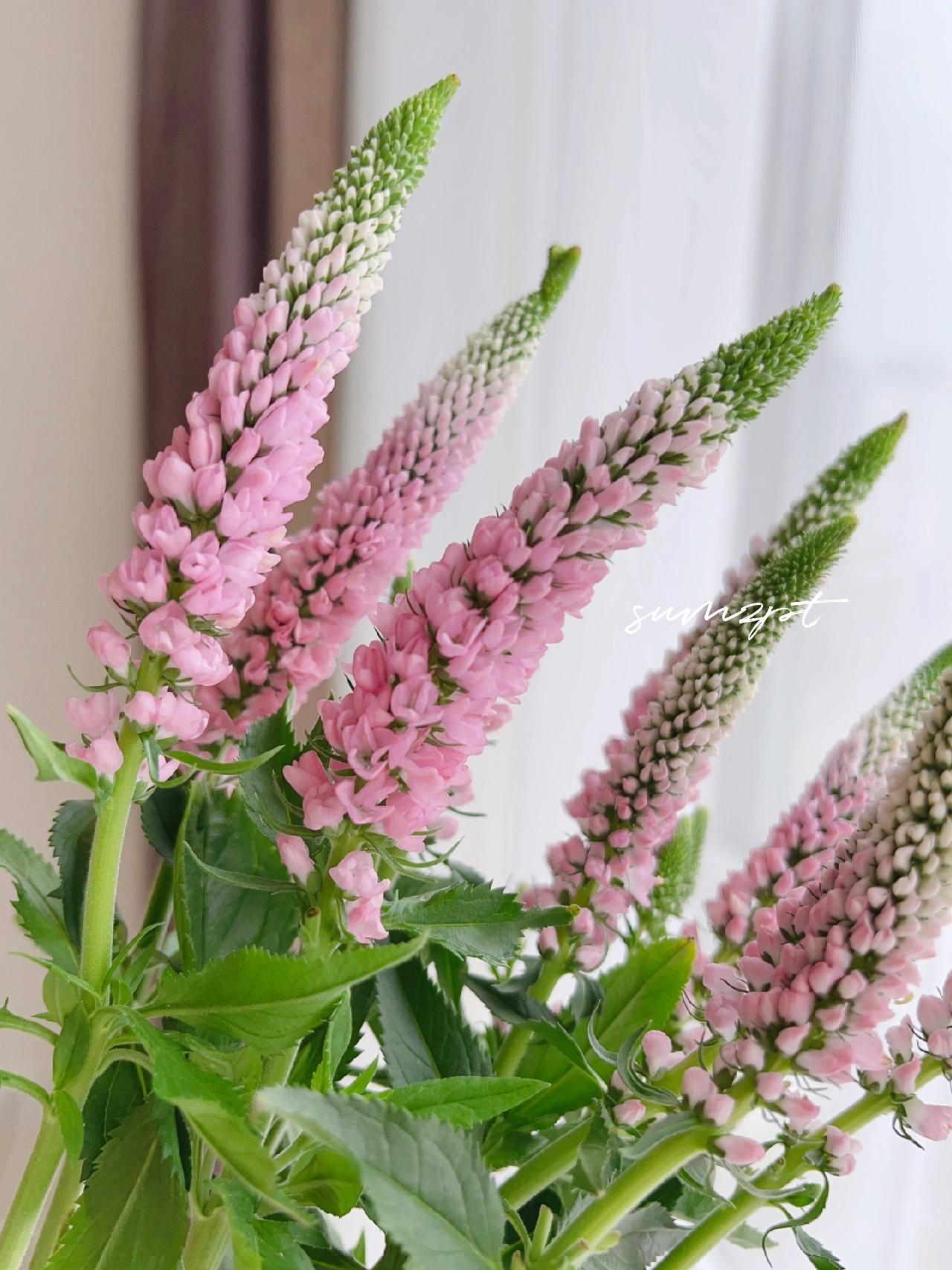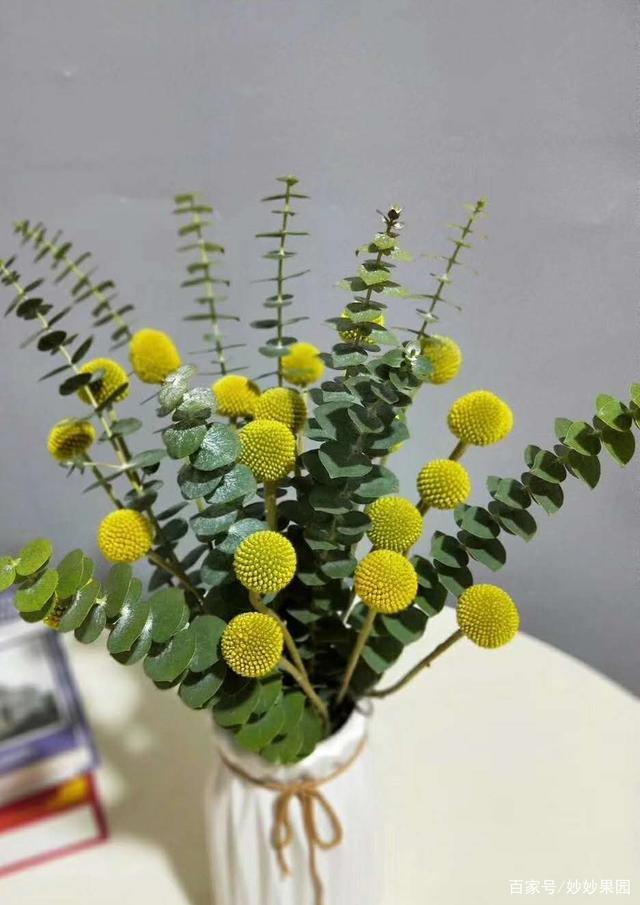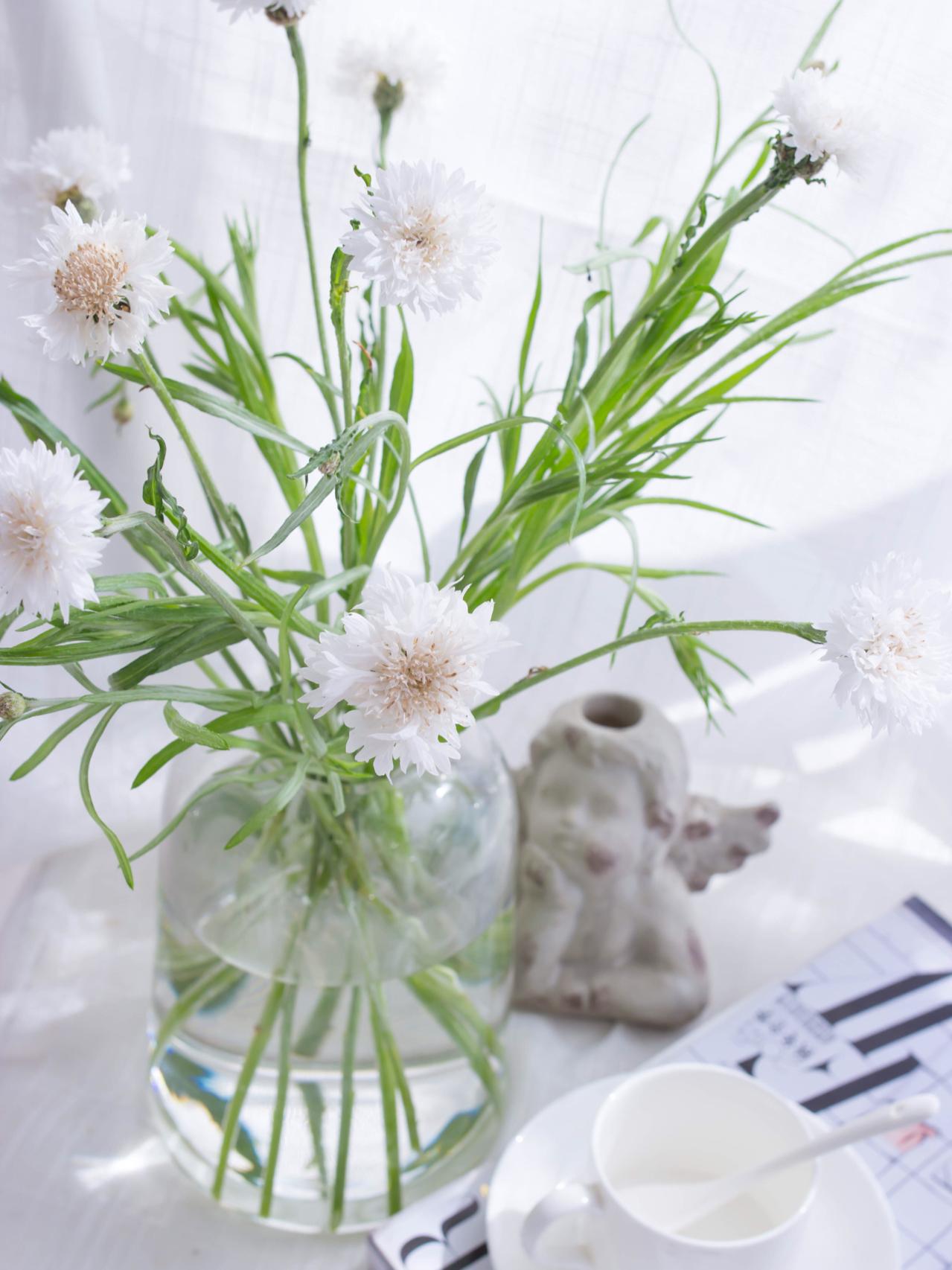Once upon a time, there was a mischievous Impatiens plant named Petunia. She resided in a beautiful garden, surrounded by other flower friends. Petunia had a unique ability – she could predict the weather accurately! The other plants were astonished by her talent and often sought her advice. One day, a severe storm was about to hit the garden, and Petunia warned everyone to take cover. They all listened, and when the storm passed, the garden remained safe. Petunia’s remarkable gift brought harmony and protection to her friends, making her the hero of the garden forever.
Picture
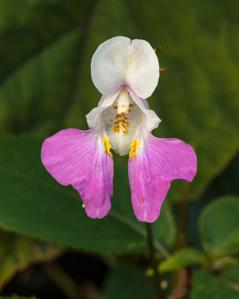
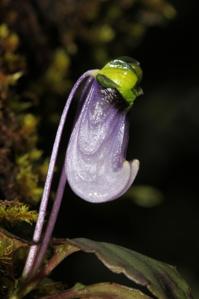
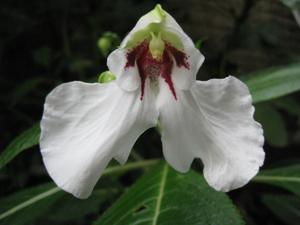
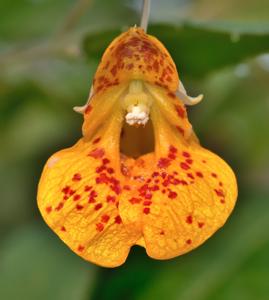
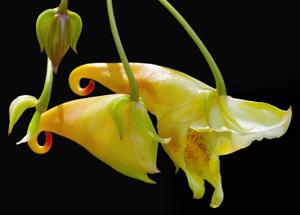

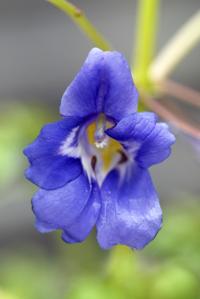
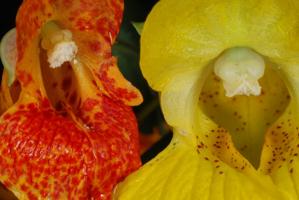
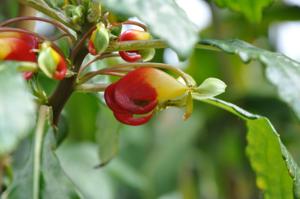
Plant some seeds now!
Short Description
Impatiens /ɪmˈpeɪʃəns/ is a genus of more than 1,000 species of flowering plants, widely distributed throughout the Northern Hemisphere and the tropics. Together with the genus Hydrocera (one species), Impatiens make up the family Balsaminaceae.
Common names in North America include impatiens, jewelweed, touch-me-not, snapweed and patience. As a rule-of-thumb, “jewelweed” is used exclusively for Nearctic species, and balsam is usually applied to tropical species. In the British Isles by far the most common names are impatiens and busy lizzie, especially for the many varieties, hybrids and cultivars involving Impatiens walleriana. “Busy lizzie” is also found in the American literature. The invasive alien Impatiens glandulifera is commonly called policeman’s helmet in the UK.
Description
Himalayan balsam (I. glandulifera) scattering its seeds
Most Impatiens species are herbaceous annuals or perennials with succulent stems. Only a few woody species exist. Plant size varies, from five centimeters to 2.5 meters, depending on the species. Stems often form roots when they come into contact with the soil. The leaves are entire, often dentate or sinuate with extrafloral nectaries. Depending on the species, leaves can be thin to succulent. Particularly on the underside of the leaves, tiny air bubbles are trapped over and under the leaf surface, giving them a silvery sheen that becomes pronounced when they are held underwater.
The zygomorphic flowers of Impatiens are protandric (male becoming female with age). The calyx consists of five free sepals, of which one pair is often strongly reduced. The non-paired sepal forms a flower spur-producing nectar. In a group of species from Madagascar, the spur is completely lacking, but they still have three sepals. The crown consists of five petals, of which the lateral pairs are fused. The five stamens are fused and form a cap over the ovary, which falls off after the male phase. After the stamens have fallen off, the female phase starts and the stigma becomes receptive, which reduces self-pollination.
Cultivation
Double-flowered impatiens cultivar
Impatiens are popular garden annuals. Hybrids, typically derived from busy lizzie (I. walleriana) and New Guinea impatiens (I. hawkeri), have commercial importance as garden plants. I. walleriana is native to East Africa, and yielded ‘Elfin’ series of cultivars, which was subsequently improved as the ‘Super Elfin’ series. Double-flowered cultivars also exist.
Congo cockatoo (I. niamniamensis)
Other Impatiens species, such as African queen (I. auricoma), garden jewelweed (I. balsamina), blue diamond impatiens (I. namchabarwensis), parrot flower (I. psittacina), Congo cockatoo (I. niamniamensis), Ceylon balsam (I. repens), and poor man’s rhododendron (I. sodenii), are also used as ornamental plants.
Impatiens walleriana
